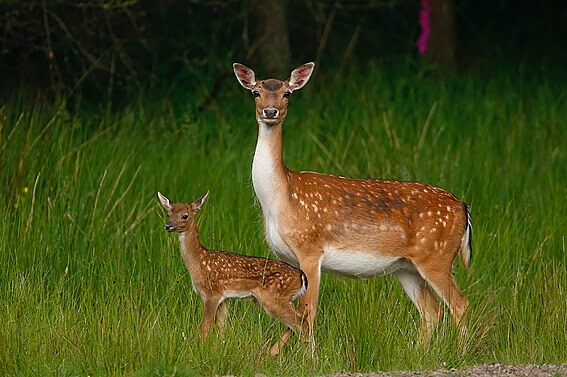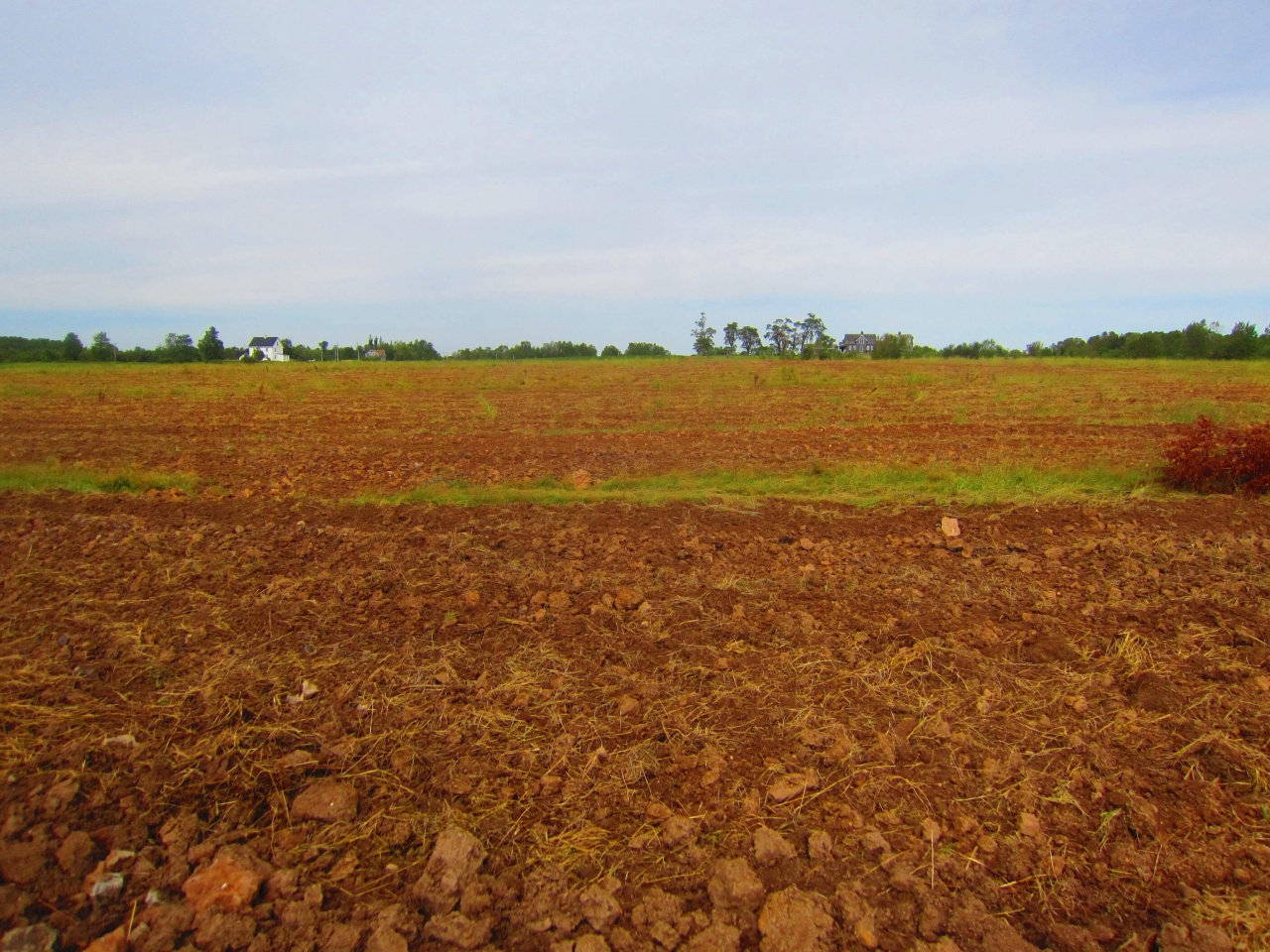
1. Soil and nutrients
The most important soil characteristic is pH. The ideal pH is 6. Most of Johnston Vineyards has a pH of 5 and tons of lime has been added and more will likely be added in future years. Micronutrients are absorbed more efficiently when pH is around 6. Copper is high in the soil of Johnston Vineyards probably due to residual from apple spraying many years ago when the land was planted in apple trees. This is unlikely to affect the vines. Boron which increases berry production may need to be added to the soil. It can also be sprayed on the vine leaves. Phosphorus, potassium and nitrogen levels vary and there are no good guidelines to indicate what is best for grape vines. Too much nitrogen accentuates leaf growth at the expense of fruit production.
2. Diseases
Fungus in the form of powdery and downy mildew is the most serious vineyard disease in Nova Scotia. Botrytis rot (also a fungus) of the grape bunches can also be a problem. Natural fungicides such as sulphur and copper are sprayed weekly if the vineyard is considered organic while in the nonorganic vineyard more toxic fungicides are sprayed less often. Crown gall is a bacterial disease that produces fleshy growths (galls) on the lower trunk near the soil line. It is often present in vines but remains inactive unless the vine trunk is injured, most often while weed whacking or by cold weather. Vines that are considered marginal in Nova Scotia like Chardonnay, Riesling and Pinot Noir are the most susceptible to winter injury and crown gall. There is no chemical treatment for this disease. The aphid-like Phylloxera insect is likely present in most grape vine roots but is not a lethal problem in Nova Scotia because the cold winters limit population build up.
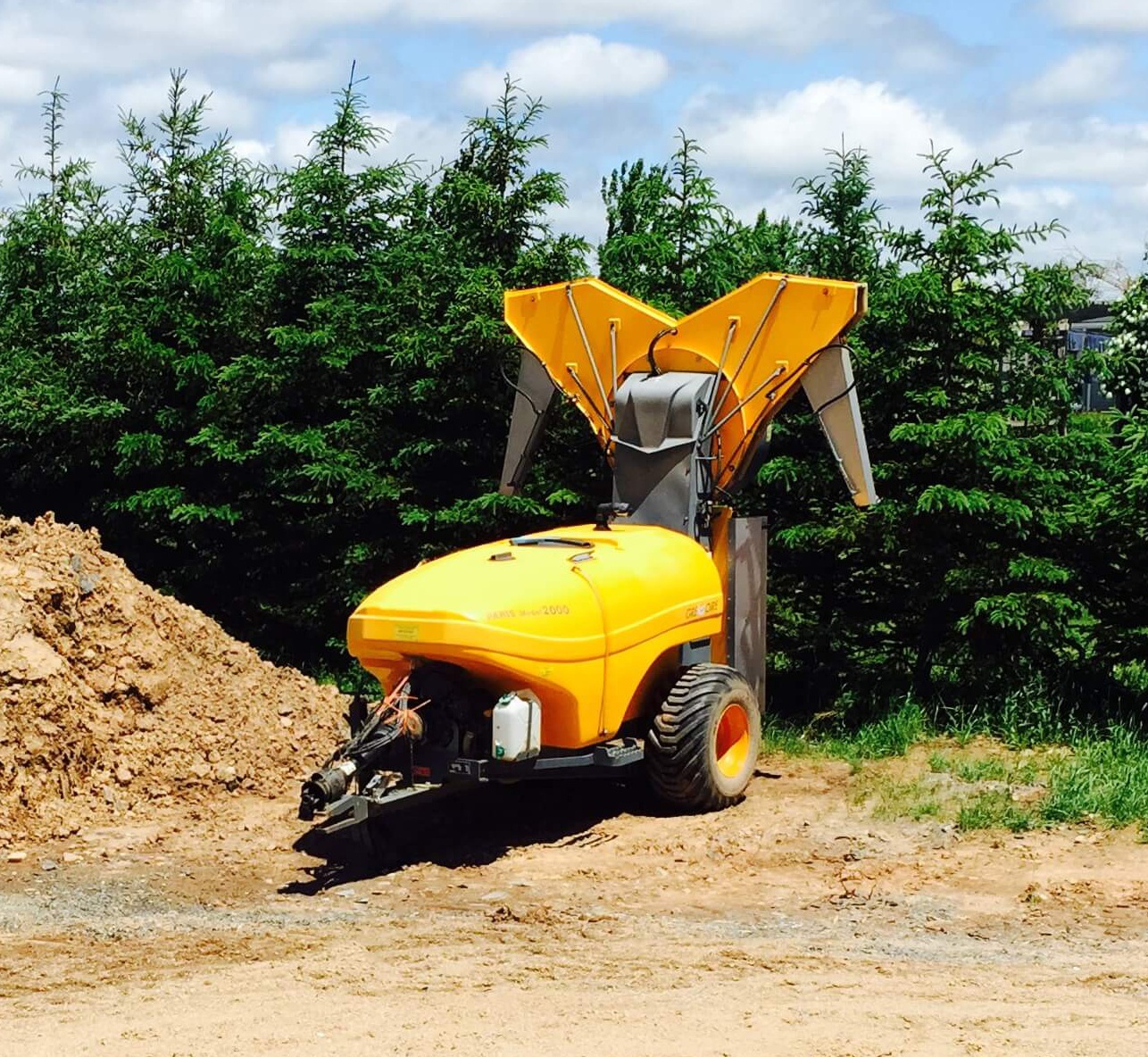
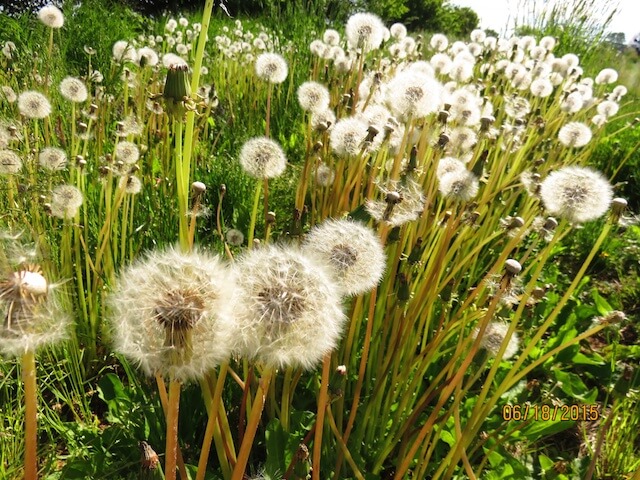
3. Weeds
Weeds need to be eliminated because they compete with the vines for nutrients. An undernourished vine does not produce a good, ripe grape and is not fully winter hardy. Weeds are best controlled in the organic vineyard by mechanical tilling with a tractor. Some manual hoeing may be needed. In the nonorganic vineyard, systemic herbicides like Roundup are used. Care must be taken to avoid spraying the leafy vine as the herbicide is absorbed downward into the roots. Some weeds may be allowed to grow in the fall to reduce the vine vigor in preparation for hardening off before the onset of winter.
4. Wild life
Raccoons, deer and birds are the main wildlife threats to Johnston Vineyard grapes. Deer eat the tender green vine shoots but not the grapes. Where the deer population is high in Nova Scotia, a 7-8 foot wire fence is required to effectively control them. Deer have not traditionally been a problem in Falmouth, but in the past 3-4 years they have become more common and it may become necessary to fence them out. Raccoons eat the ripe grapes. They can be kept out of the vineyard by surrounding it with an electrified mesh (often orange in color) that stands about 1 foot high (raccoons don’t jump) at the time of grape ripening. Birds including robins, grackles and starlings will clean out a vineyard in a few days if given the chance. Bird netting is the only fully effective way to protect the grapes. This goes on over the lower portion of the vines about a month before picking and is taken off the day the grapes are picked. It is then rolled up and stored for use the next year. Cannons attached to propane tanks are also used in the vineyards to scare birds. They fire with a deafening noise and keep the entire neighborhood awake. A few vineyards use only the cannons and a few use both netting and cannons.

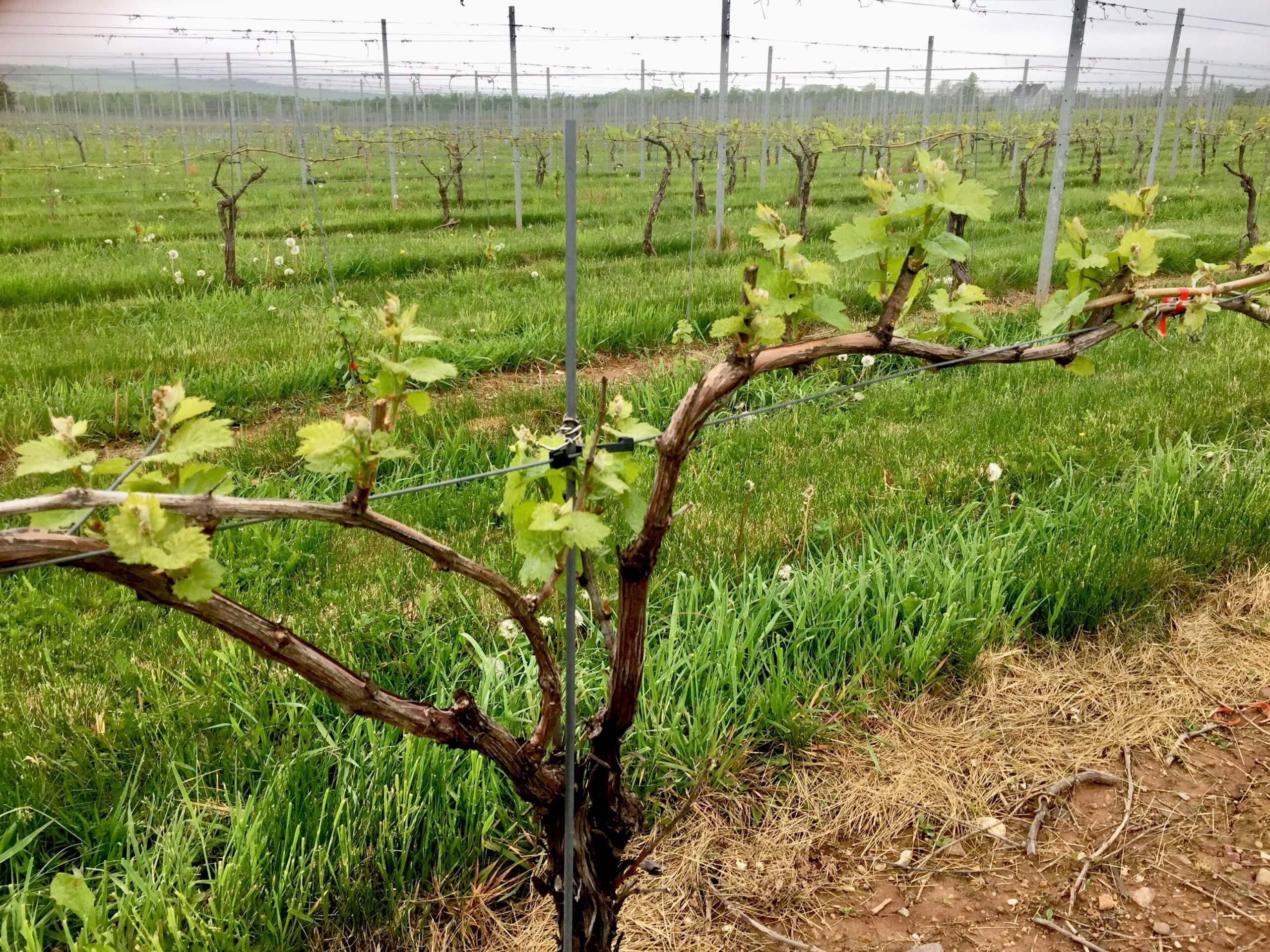
5. Pruning
All vines in Johnston Vineyard will be pruned to the Vertical Shoot Position (VSP) method. Two cordons (arms) are developed from the trunk that extend left and right along the lowest support wire on the trellis. In the spring, new shoots are trained vertically from the cordons and are held in place with twin wires higher on the trellis. These vertical shoots are pruned off at the top of the trellis during the summer to force the vine to send its energy to the fruit not more leaf growth. The vertical shoots are then pruned off in the winter and 2 new cordons are positioned along the lowest support wire.
